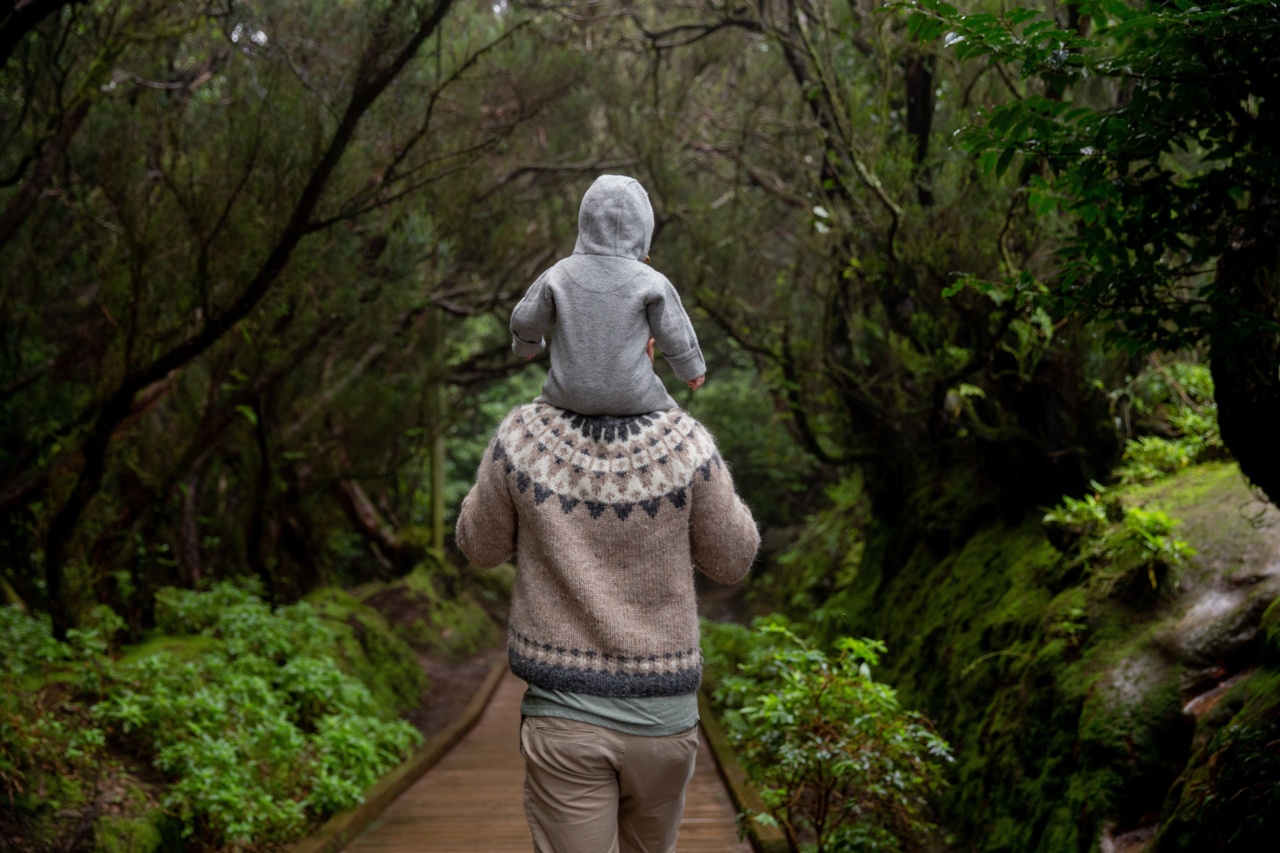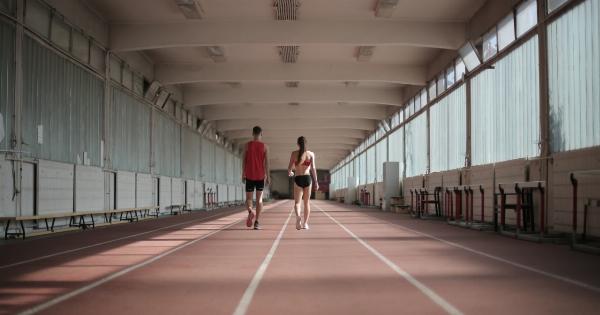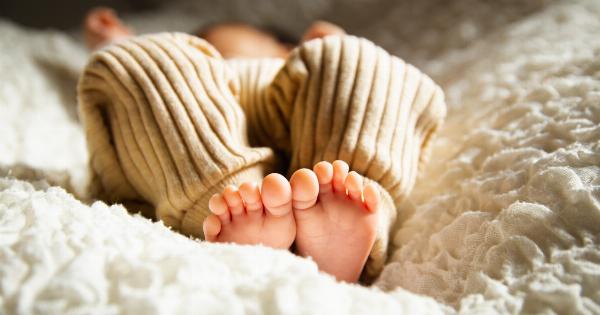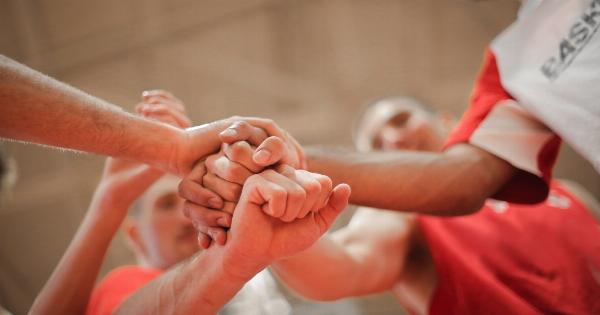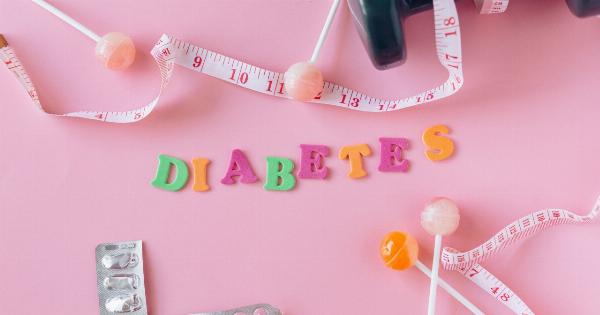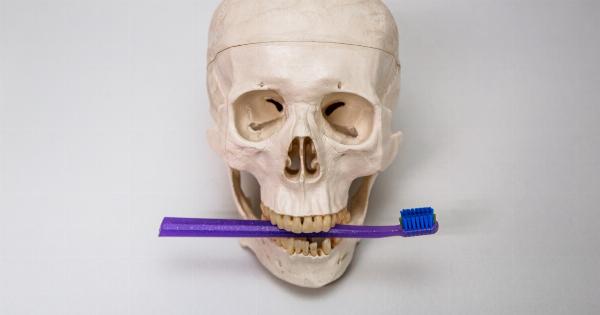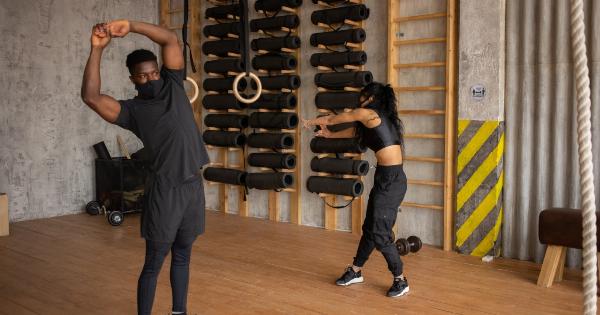Walking is a major milestone in a child’s development. It is a skill that marks the transition from infancy to early childhood and plays a crucial role in their physical and cognitive development.
While walking is primarily associated with motor skill development, recent research suggests that it may also have a significant impact on bone density in children.
Understanding Bone Density
Bone density refers to the amount of mineral content and density in bones, which is crucial for their strength and resilience.
During childhood and adolescence, bones go through a process called remodeling, where old bone tissue is replaced by new bone tissue. This process is essential for bone growth, strengthening, and overall skeletal development.
Bone density plays a crucial role in determining the risk of bone fractures, especially later in life.
Children with low bone density are more susceptible to fractures and may have an increased risk of developing osteoporosis, a condition characterized by weak and fragile bones, in adulthood.
Factors Influencing Bone Density
Several factors contribute to the development of optimal bone density in children. Some of these factors include:.
1. Nutrition
A balanced diet rich in calcium, vitamin D, and other essential nutrients is vital for bone health and development. Calcium is a key building block for bones, and vitamin D helps the body absorb calcium efficiently.
2. Physical Activity
Engaging in weight-bearing activities such as walking, running, and jumping promotes bone health and density. Weight-bearing exercises subject bones to impact and stress, stimulating bone remodeling and strengthening.
3. Genetics
Genetics play a significant role in determining bone density. Some children may inherit genes that affect their bone development and density, making them more susceptible to low bone density.
Early Walking and Bone Density
A recent study published in the Journal of Pediatric Orthopaedics investigated the relationship between early walking and bone density in children.
The study involved 500 children aged between 1 and 3 years, and their bone density measurements were taken using dual-energy X-ray absorptiometry (DXA).
The results of the study revealed a positive correlation between early walking and bone density in children. Children who started walking earlier had significantly higher bone density compared to those who started walking later.
The study also found that the duration of walking practice had a cumulative effect on bone density, with children who walked for longer periods displaying higher bone density measurements.
This correlation can be attributed to the weight-bearing nature of walking. When children walk, the repetitive impact and stress on their bones stimulate bone remodeling and growth, leading to increased bone density.
Additionally, walking provides continuous loading on the bones, which helps prevent bone loss and maintain optimal bone health.
Benefits of Early Walking
The findings of this study highlight the potential benefits of early walking on bone health in children. Some of the advantages of early walking and its influence on bone density include:.
1. Stronger Bones
Early walking helps promote stronger and denser bones in children, reducing the risk of fractures and conditions like osteoporosis later in life.
2. Improved Motor Skills
Walking is a complex motor skill that requires coordination, balance, and muscle strength. Early walkers tend to have better-developed motor skills and coordination compared to children who start walking later.
3. Enhanced Physical Fitness
Walking is a simple yet effective form of exercise that contributes to overall physical fitness.
By engaging in regular walking from an early age, children develop a foundation for an active lifestyle and are more likely to participate in physical activities as they grow older.
Encouraging Healthy Walking Habits
Parents can play an active role in encouraging healthy walking habits in their children. Some strategies include:.
1. Provide Support
When infants are learning to walk, they may require support and assistance. Holding their hands or using walking aids can help them develop confidence and balance.
2. Create Safe Environments
Ensure that the surroundings are safe and free from obstacles that may hinder walking. Creating a safe environment reduces the risk of falls and injuries, promoting a positive walking experience for children.
3. Promote Outdoor Activities
Encourage outdoor play and activities that involve walking, such as trips to the park or family walks. Outdoor environments provide various stimuli for children, enhancing their walking experiences and overall physical development.
Conclusion
The early walking stage in a child’s life is more than just a developmental milestone; it plays a significant role in bone density development.
Engaging in weight-bearing activities like walking contributes to strong, healthy bones, reducing the risk of fractures and bone-related conditions later in life. Encouraging and supporting early walking habits in children can have long-lasting benefits for their overall physical development and well-being.
